Solutions
Stay up to date
Don’t miss the latest news
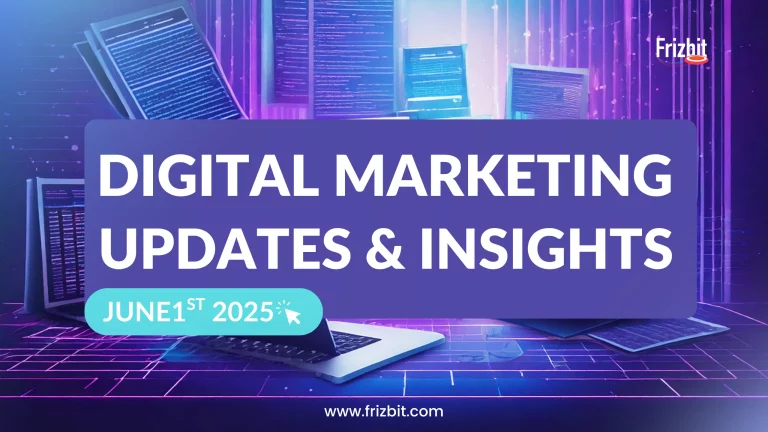
Digital Marketing Updates, Insights and Strategy in 2025
Digital Marketing Updates and News from June 2025
Welcome to our June edition of Digital Marketing Updates! 💌
AI continues to redefine how users consume and interact with content, and this month, we’re seeing that evolution hit Search…
Read post
All posts
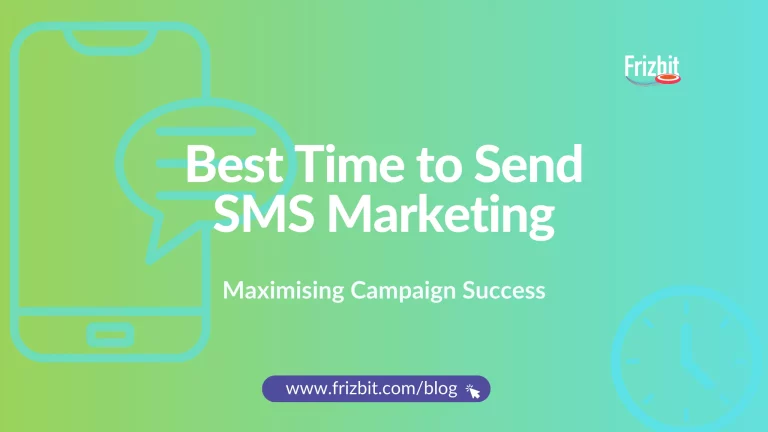
28/10/2024
Best Time to Send SMS Marketing Texts: Maximising Campaign Success
SMS Marketing
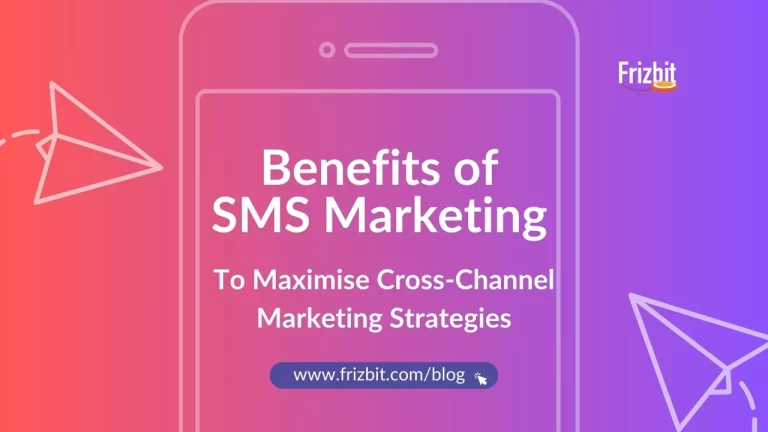
18/10/2024
The Benefits of SMS Marketing: Maximising eCommerce Success
SMS Marketing
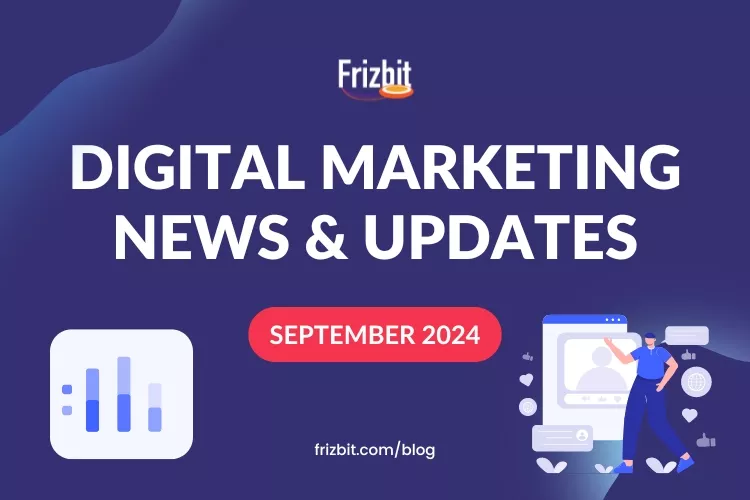
03/10/2024
Digital Marketing Updates and News | September 2024
Digital Marketing Updates, Insights and Strategy in 2025
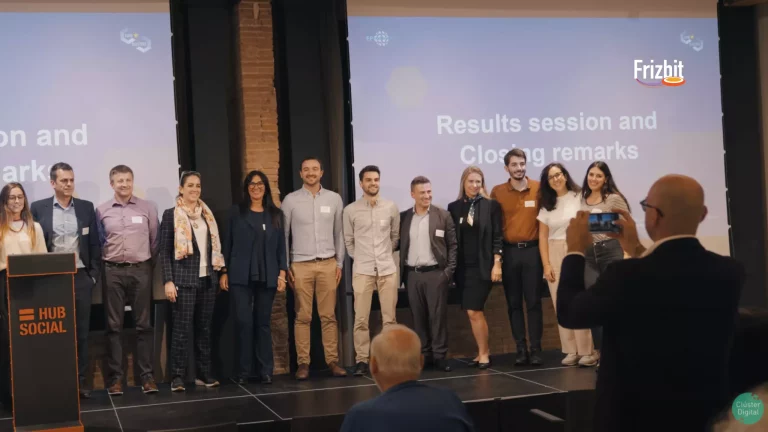
23/09/2024
Frizbit’s FingerprintML Selected as Winner at EPICENTRE SUSTAIN Gala in Barcelona
Events
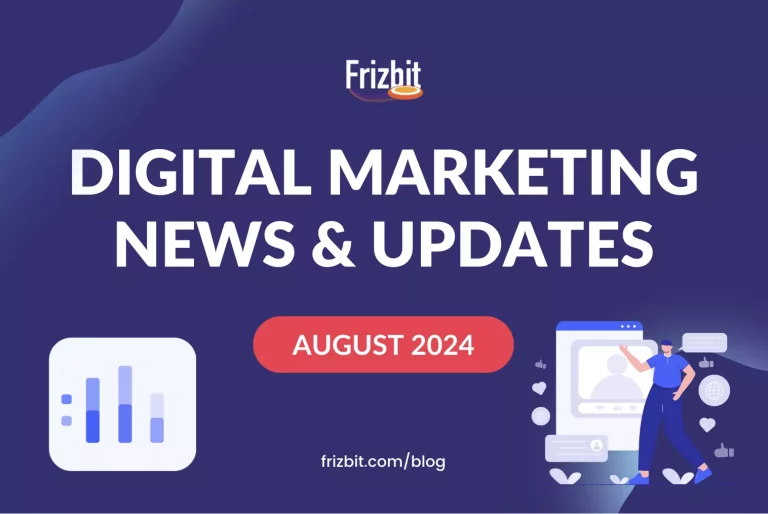
01/09/2024
Digital Marketing Updates and News | August 2024
Digital Marketing Updates, Insights and Strategy in 2025
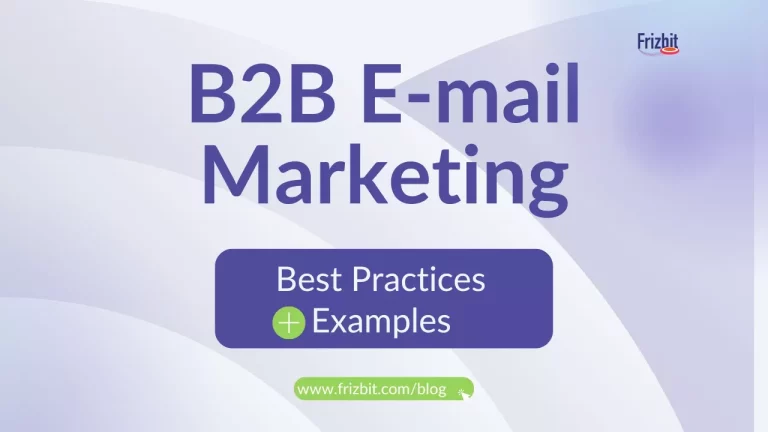
20/08/2024
B2B Email Marketing Best Practices and Examples
Email Marketing
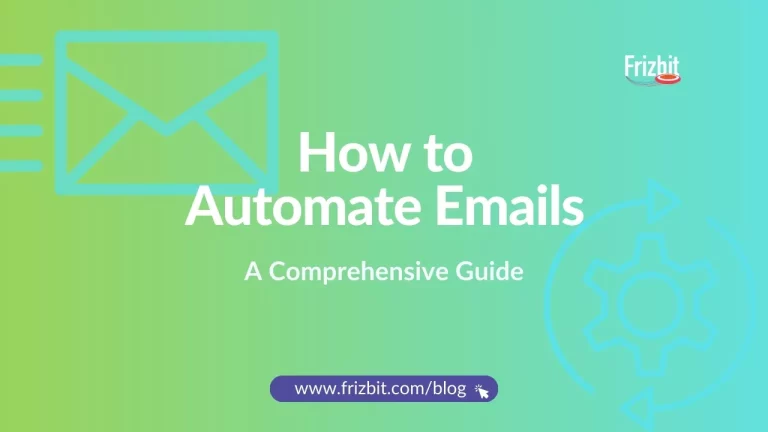
19/08/2024
How to Automate Emails: A Comprehensive Guide
Email Marketing

07/08/2024
Digital Marketing Updates and News | July 2024
Digital Marketing Updates, Insights and Strategy in 2025
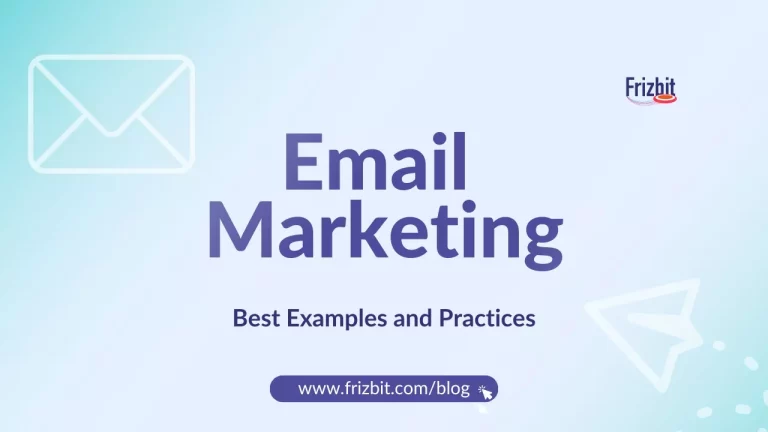
31/07/2024
Email Marketing: Best Examples and Practices
eCommerce Tools,Email Marketing,Marketing Tools
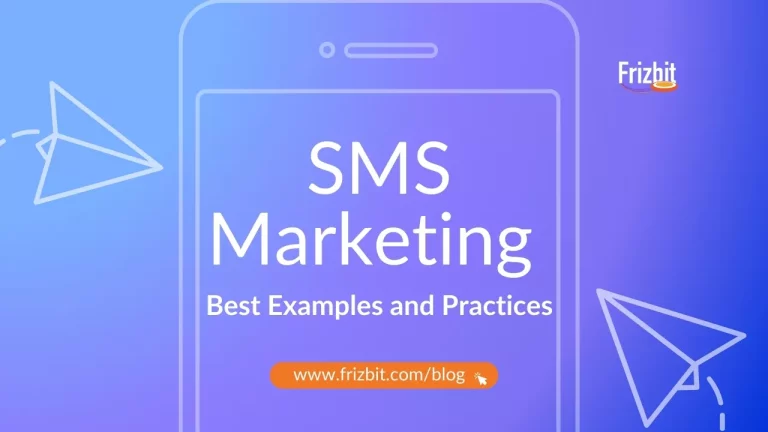
31/07/2024
SMS Marketing: Best Examples and Practices
eCommerce Tools,Marketing Tools,SMS Marketing
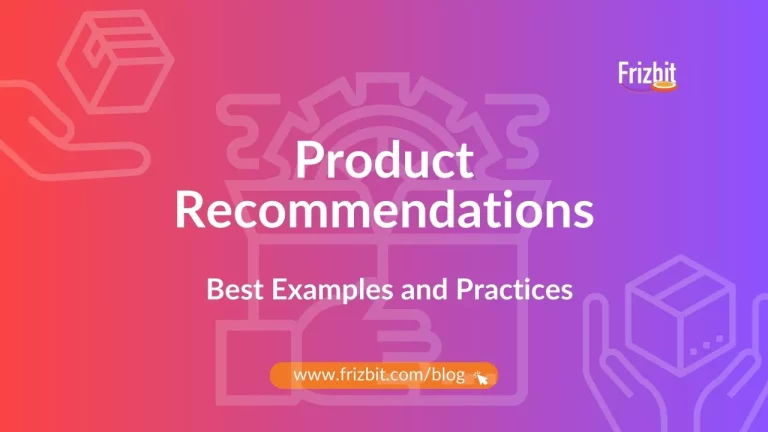
30/07/2024
Product Recommendations: Best Examples and Practices
eCommerce Tools,Marketing Tools
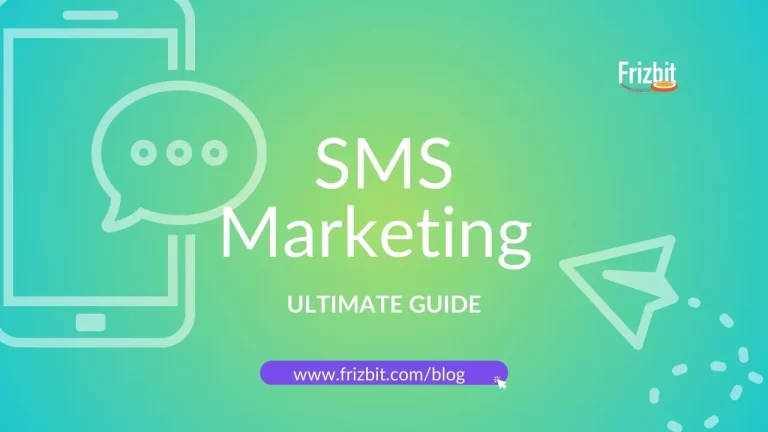
30/07/2024
SMS Marketing – Ultimate Guide
eCommerce Tools,Marketing Tools,SMS Marketing
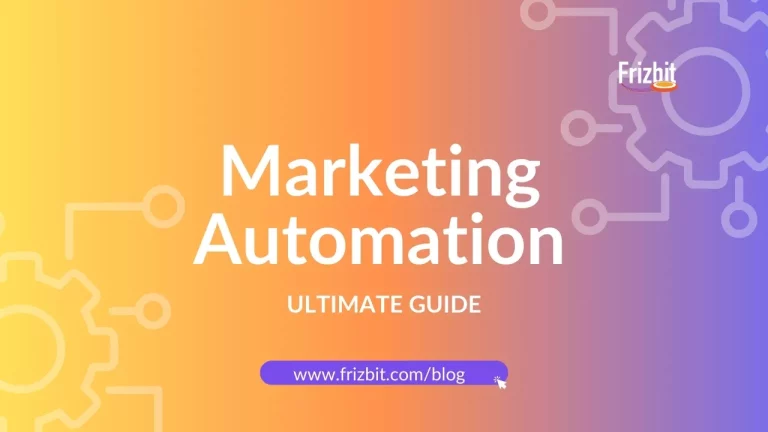
29/07/2024
Marketing Automation – Ultimate Guide
eCommerce Tools,Marketing Tools
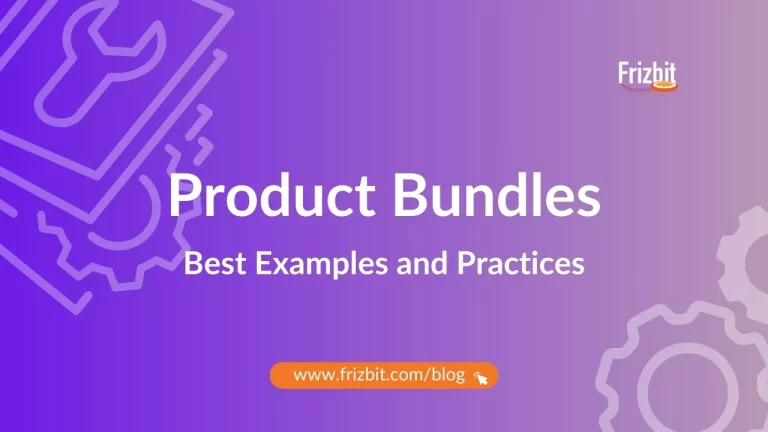
23/07/2024
Product Bundles: Best Examples and Practices
eCommerce Tools,Marketing Tools
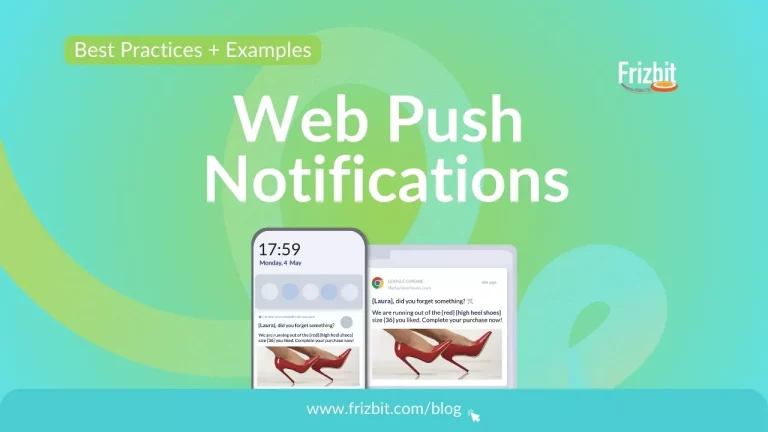
17/07/2024
Web Push Notifications: Best Examples and Practices
eCommerce Tools,Marketing Tools,Web Push Notifications
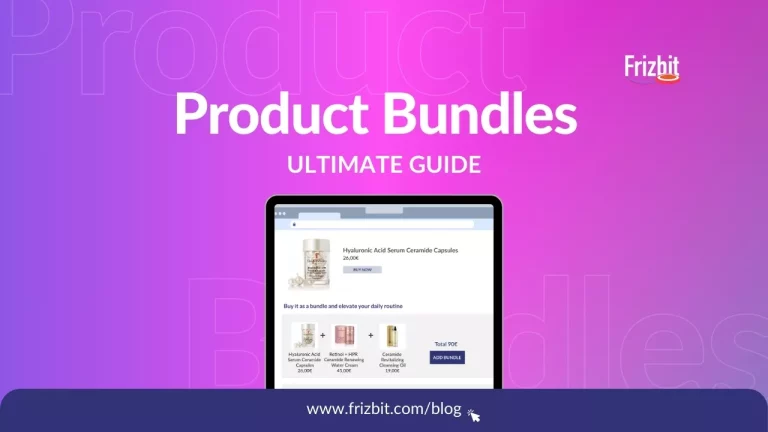
15/07/2024
Product Bundles – Ultimate Guide
eCommerce Tools,Marketing Tools,Personalisation
